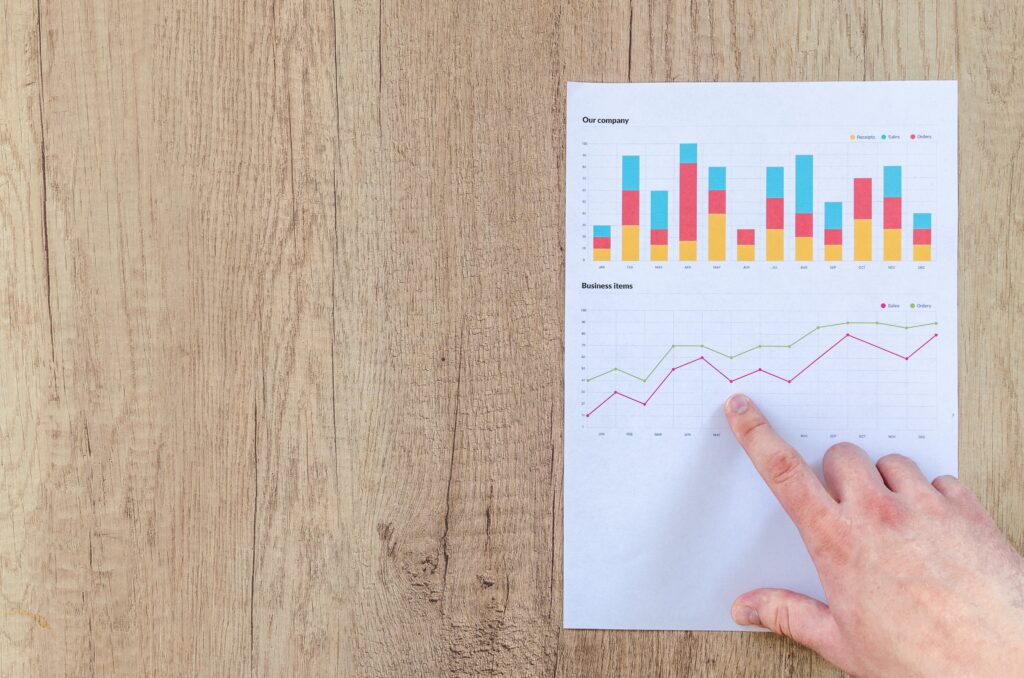
Crawl budget is the amount of pages search engines will crawl from a single website within a certain period of time.
Search engines calculate the crawl budget based on crawl limit (how often they can crawl without causing issues) and crawl demand (how often they’d like to crawl a site).
What is Crawl Budget?
Crawl budget is the amount of pages search engines will crawl from a single website within a certain period of time.
Why do Search Engines assign crawl budgets to websites?
Because they don’t have unlimited resources, and they divide their attention across millions of websites. So, they need a way to prioritize their crawling effort. Assigning a crawl budget to each website helps them do this.
How do Search Engines assign crawl budgets to websites?
That’s based on two factors, crawl limit, and crawl demand:
- Crawl Limit: how much crawling can a website handle, and what are its owner’s preferences?
- Crawl Demand: which URLs are worth (re)crawling the most, based on its popularity and how often it’s being updated.
Crawl budget is a common term within SEO. The crawl budget is sometimes also referred to as crawl space or crawl time.
How Does Crawl Limit work in Practise?
Crawl limit, also known as host load, is an important part of the crawl budget. Search engines are careful about not overloading a web server with requests because their crawlers are designed to do so.
How do search engines determine the crawl limit of a website? There are a variety of factors influencing the crawl limit. To name a few:
- how often requested URLs timeout or return server errors.
- The amount of websites running on the server: if you have a website that is hosted on a VPS or dedicated server, then the crawl limit is determined by the amount of bandwidth allocated to your account. It’s also important to note that having too many websites pointing to one IP address, can cause Googlebot to get confused and not be able to properly index your content. You have to split the host’s crawl limit with all of the other sites running on it. In this case you’d be much better off on a dedicated server, which will most likely also massively decrease load times for your visitors.
Another thing to think about is having separate mobile and desktop sites running on the same host. They have a shared crawl limit, so keep that in mind.
How does crawl demand work in practice?
Crawl demand is about determining the worth of re-crawling URLs. Again, many factors influence crawl demand among which:
- Popularity: How many inbound internal and inbound external links a URL has, but also the amount of queries it’s ranking for.
- Freshness: how often the URL’s being updated.
- Type of Page: is the type of page likely to change. For Example: a category page or terms and conditions page, the crawl demand for category page will always be higher that terms and conditions page.
Is crawl budget just about pages?
it’s not really about pages, but instead about any type of document that search engines crawl. Some examples include JavaScript and CSS files, mobile page variants, hreflang variants and PDF files.
How do you optimize for crawl budget?
Optimizing your crawl budget comes down to making sure no crawl budget is wasted. Essentially, fixing the reasons for wasted crawl budget.
We monitor thousands of websites; if you were to check each one of them for crawl budget issues, you’d quickly see a pattern: most websites are suffering from the same kind of issues.
Common reasons for wasted crawl budget that we encountered:
- Accessible URLs: an example of a URL with a parameter is https://www.example.com/toys/cars?color=black. In this case, the parameter is used to store a visitor’s selection in a product filter.
- Duplicate Content: Duplicate pages are pages that are similar or almost identical, which we call “duplicate content.” Examples include copied internal search result pages and tag pages.
- Low Quality Content: pages with very little content, or pages that don’t add any value.
- Broken Links: broken links are links referencing pages that don’t exist anymore
- Pages with high load time: Long-loading pages and those that don’t load at all will hurt your website’s SEO, as it means to search engines that your website can’t handle the request. This may lead to a reduction in the number of times they crawl your site.
- Bad Internal Linking: if your internal link structure isn’t set up correctly, search engines may not pay enough attention to some of your pages.
Conclusion:
The crawl budget is used by Google to determine which parts of a website are most important so they can be crawled first. If there are too many pages, the search engine may not have enough time or resources to crawl them all. After reading this guide, you should have a better understanding of how the crawl budget works and how it can be managed effectively.
We at AI Advertisment incorporate Artificial Intelligence in SEO and provide best in class AI SEO Services. To revolutionize your digital marketing strategy, contact us at AI Advertisment.
Related Articles:
A Quick Guide To Featured Snippets How To Get One For Your Site.
A Closer Look: Best AI-powered Digital Marketing Agency in India
The Complete Guide to Crawl Budget Optimization for Large Site Owners

